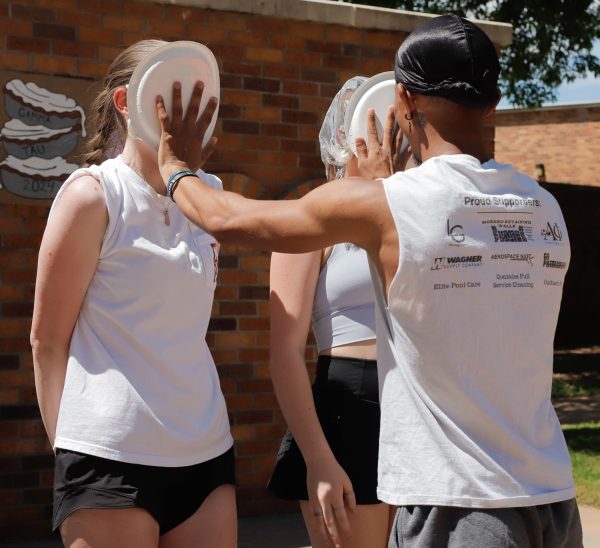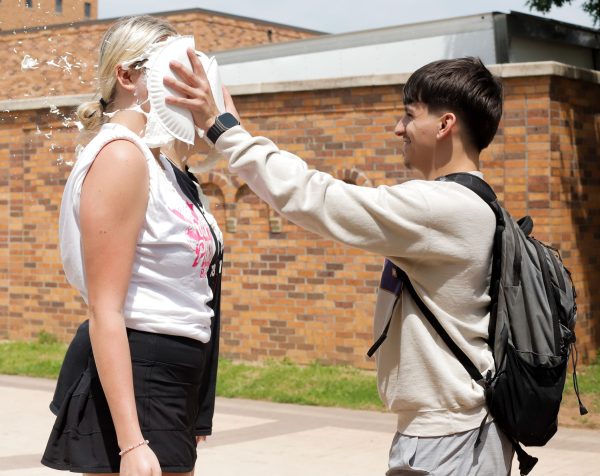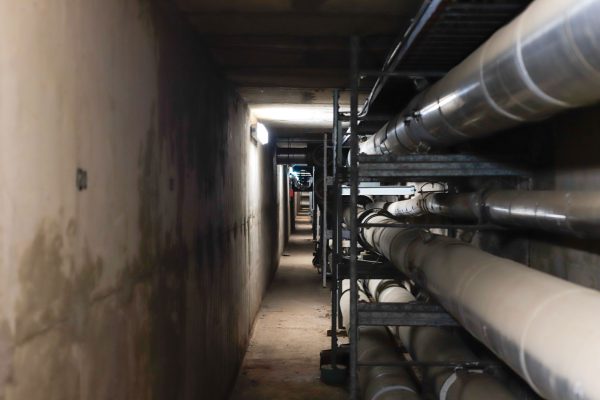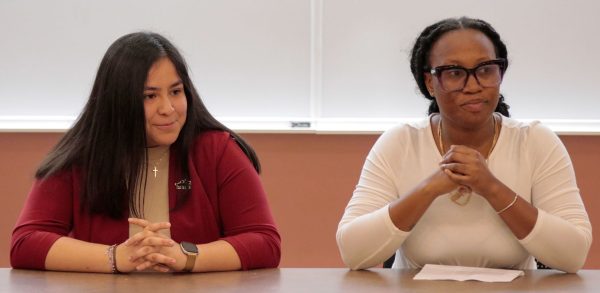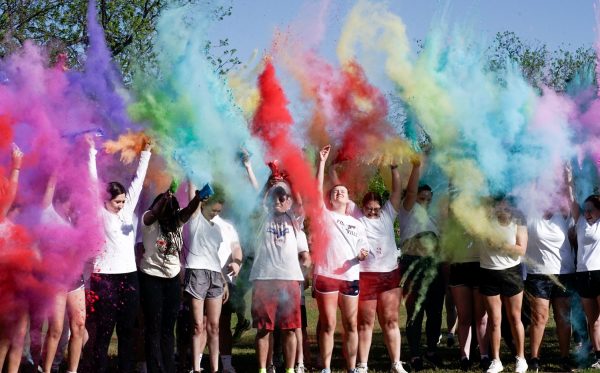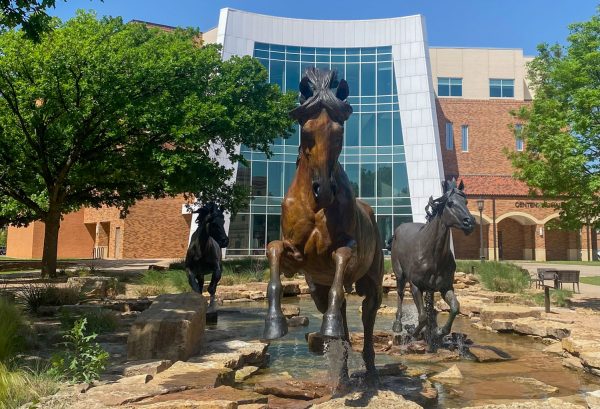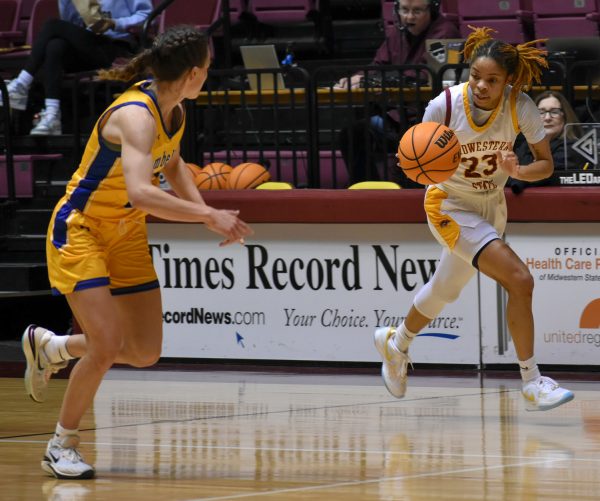Enrollment flat; focus moves to retention
Despite spending thousands of dollars on recruitment, university enrollment has remained flat.
Fred Dietz, vice president of enrollment, said the next phase is to make an effort to focus recruiting in larger populated areas, since the university has the capacity to grow.
“Several years ago, the decision was made to start looking at Dallas/Fort Worth more and Houston more. Areas where there are just larger populations, and about three years ago we started making that transition to recruit heavier out of those areas,” Dietz said.
Dietz said although focused on larger population centers, recruiting students from smaller surrounding areas and regions is still part of recruitment efforts.
Texas education is separated into regions and Midwestern is located in Region 9. It is among the few schools in this region where high school enrollments are declining.
Dietz said as another approach to grow enrollment, dual credit courses are being implemented.
When students enroll in dual credit courses they will have access to classes, transferable college credits, library resources, access to cultural and athletic events, and more. Students taking dual credit courses may also be eligible to receive a Dual Credit Scholarship.
“We are really expanding the options for students in the area and outside of our region to take dual credit classes. That we think will help with enrollment,” Dietz said.
According to the Board of Regents data, the retention rate since 2015 has been steadily declining, although and is expected to be back up to 75 percent in the 2019-2020 school year.
“When you look at the last five years, its gone from roughly 72 percent to about 65 percent. What that means is the freshman who came in fall of 2017, only 65 percent returned for fall of 2018,” Dietz said.
Dietz said the key to growing enrollment is retention and when looking at data of students not returning, the ones not coming back are from areas farther away from the university.
“We’re working on getting students better connected, better resources, and more activities. We are really taking the time to look at the data, and begin this summer of the new students who come in, of being more intentional in terms of orientation and with advising,” Dietz said.
Dietz said after coming to summer orientation, you come back in the fall for classes to begin, and you’re just on your own, so keeping connected with students throughout the year is a hopeful attempt to keep student retention.
“Our thought is, we’re going to have you come for summer orientation and we are going to extend that orientation into your freshman year, so that your first semester about mid-way through we are going to connect with you again-and then second semester, freshman year we will connect again, making sure students are getting the resources they need. That is just one example of trying to keep students connected,” Dietz said.
Marina Candelaria, radiology senior, said the best part about the school is the student teacher ratio, and the small campus that helps to stay connected easier and why she came back to finish her degree here.
“My favorite part of attending here [Midwestern State University] is the atmosphere, and I love how everyone knows each other. It was easy for me to get involved on campus and most importantly I love the student-teacher ratio. That was very essential to me during my time here,” Candelaria said.
Candelaria said she has suggested many people to look into attending the school
“I have persuaded a few people to look into attending, and my selling point is always the size of the school.”
Shelby Moss, criminal justice junior, also said the size of the school is what drew her in.
“My favorite part about attending here is the size. It is small and you actually get to know people,” Moss said.
John Contreras, geology senior, said the small campus helps to meet others, keeps students focused on their studies but also have fun as well.
“It is easy to get to know everyone in your major and even other students in different departments. The campus environment makes it easy to stay focused on school and can be fun as well,” Contreras said.



